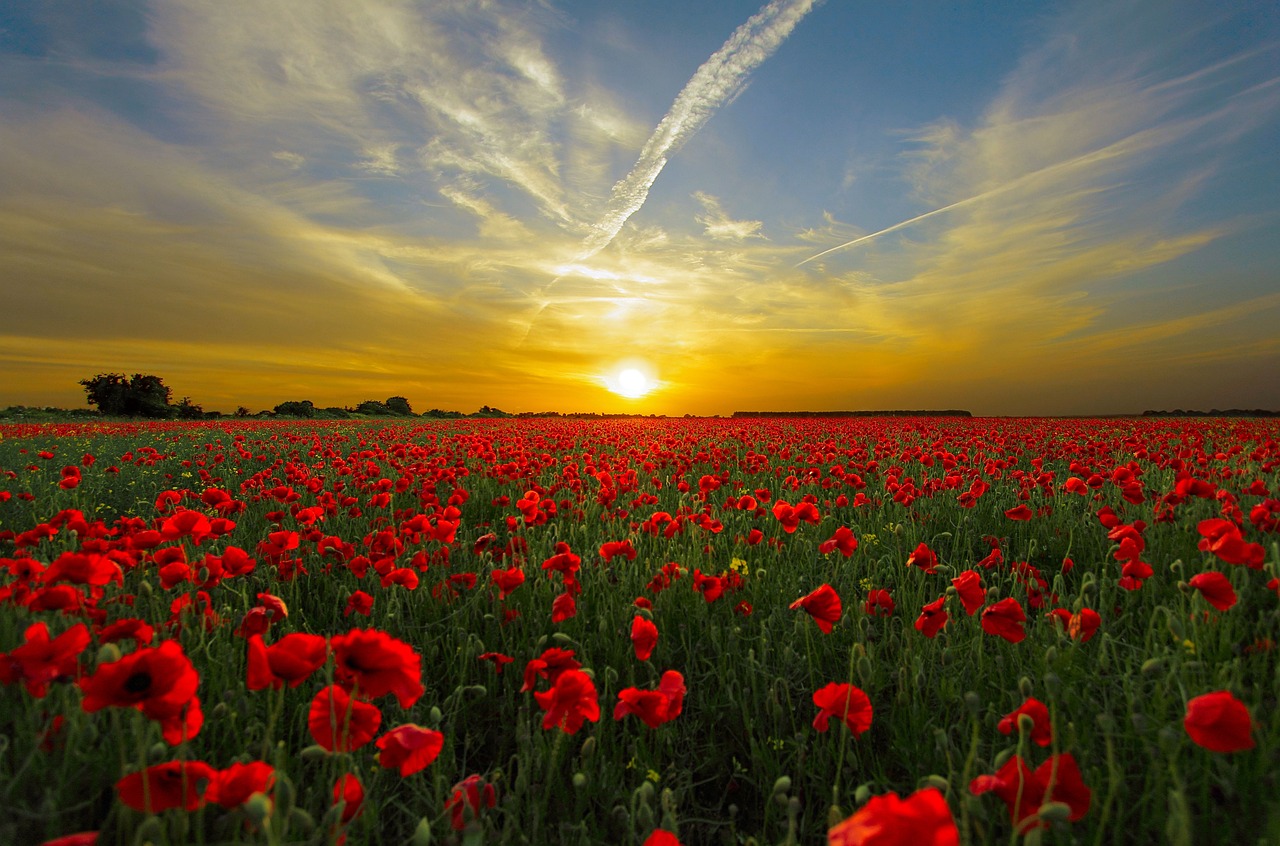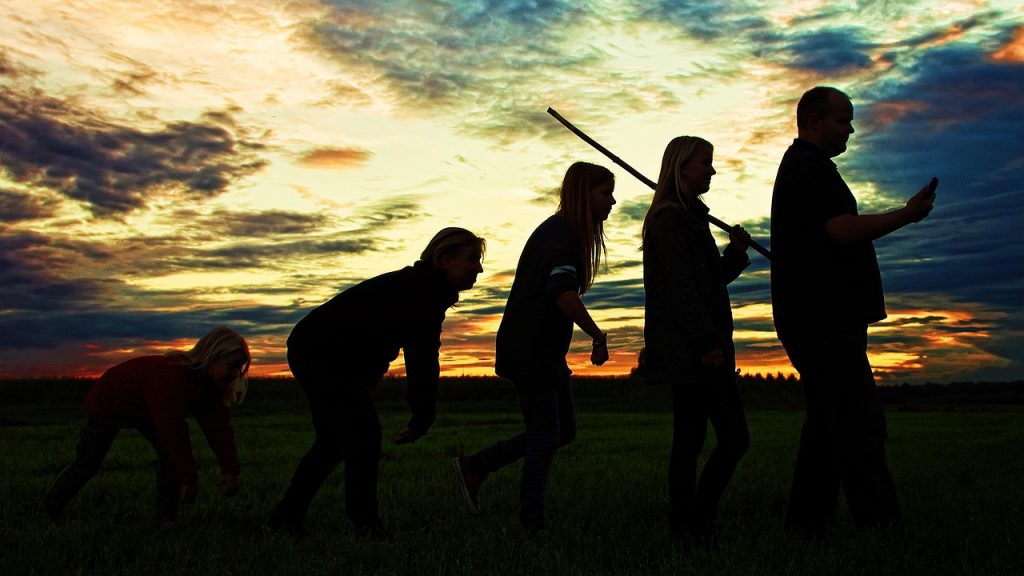Summer solstice 2024, as early as in the 18th century
The time of the summer solstice is particularly early this year.
The last time it took place this early was more than 200 years ago, in 1796 – a year of the French Revolution in which Austrian troops were defeated several times by Napoleon’s army.
This is what it’s all about:
Astronomical summer is approaching.
The longest day and the shortest night of the year are celebrated in the northern hemisphere.
This year, the summer solstice falls on June 20, usually June 21.
At 22:50 Central European Summer Time (CEST), the North Pole will be facing the sun more than at any other time of the year.
Our calendar explains this early date. The Earth needs 365 days and about six hours to orbit the sun. To compensate for this, the Gregorian calendar has a leap year every four years with a February 29, as in 2024.
Astronomical calculations
In the leap year 2020, the summer solstice also fell on June 20. Due to the additional February 29, the longest day also occurs one day earlier.
Compared to the Julian calendar, the Gregorian calendar became more accurate by introducing a special rule: On the century thresholds, the leap day is sometimes skipped, as in the years 1700, 1800, and 1900. The exception was the year 2000 because the year is divisible by 400, so it remained a leap year.
Changes until 2096
Due to the additional leap year, we experienced astronomical events a little earlier in the summer. The exact time the sun is highest at the North Pole will also change; compared to the previous leap year, this moment will occur around 45 minutes earlier.
2024 will not be the last year in which the exact summer solstice occurs earlier: In the next few years, this moment will shift further forward. In 2028, it will again occur 45 minutes earlier on June 20 and shortly after 10 p.m.; in 2096, it will already be at 8:30 a.m.
In some countries near the International Date Line, it will fall on June 19 which will be the earliest since the introduction of the Gregorian calendar. The next turn of the century will ensure that the solstice comes later again.
White nights and summer festivals
At the northernmost point of the earth, the sun reaches its highest position in the sky at the summer solstice. Around this time, it remains daylight there for half a year. The sun does not set north of the Arctic Circle. Further south, there are regions where it remains dusk at midnight, such as in St. Petersburg (Russia) and Helsinki (Finland).
This is not the case in Vienna. On June 20 this year, the sun rises at 5:16 am and sets at 8:45 pm, giving us 15.5 hours of brightness.
Cultural significance of the solstice
The solstices and equinoxes played an important role in prehistory and early history. Even today, people gather on the summer solstice at the Stone Age structure of Stonehenge (England), which is associated with the sun and moon cycles.
In Scandinavia and the Baltic states, the Midsummer Festival is popular, often associated with the celebration of St. John the Baptist, which is celebrated between June 23 and 24. Midsummer or St. John’s bonfires are traditionally lit in Austria and Germany.
- source: wetter.at/picture: pixabay.com
This post has already been read 2576 times!



